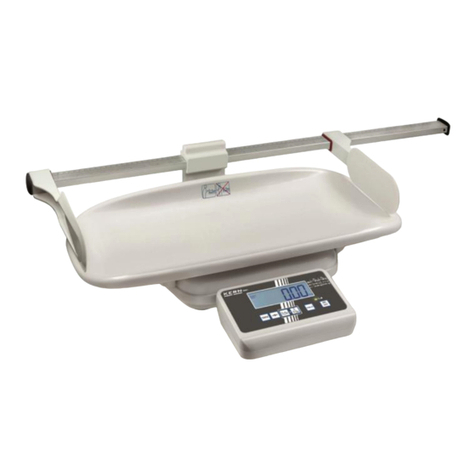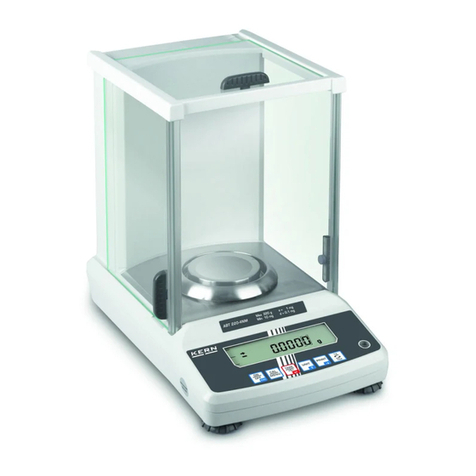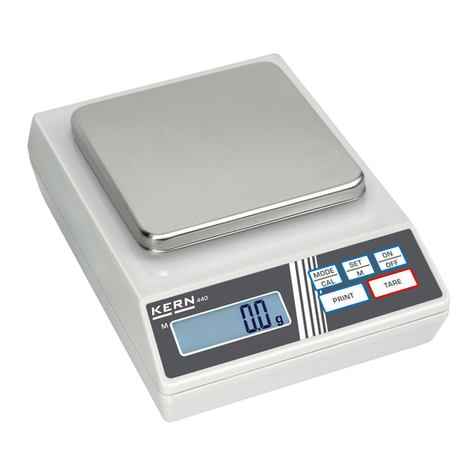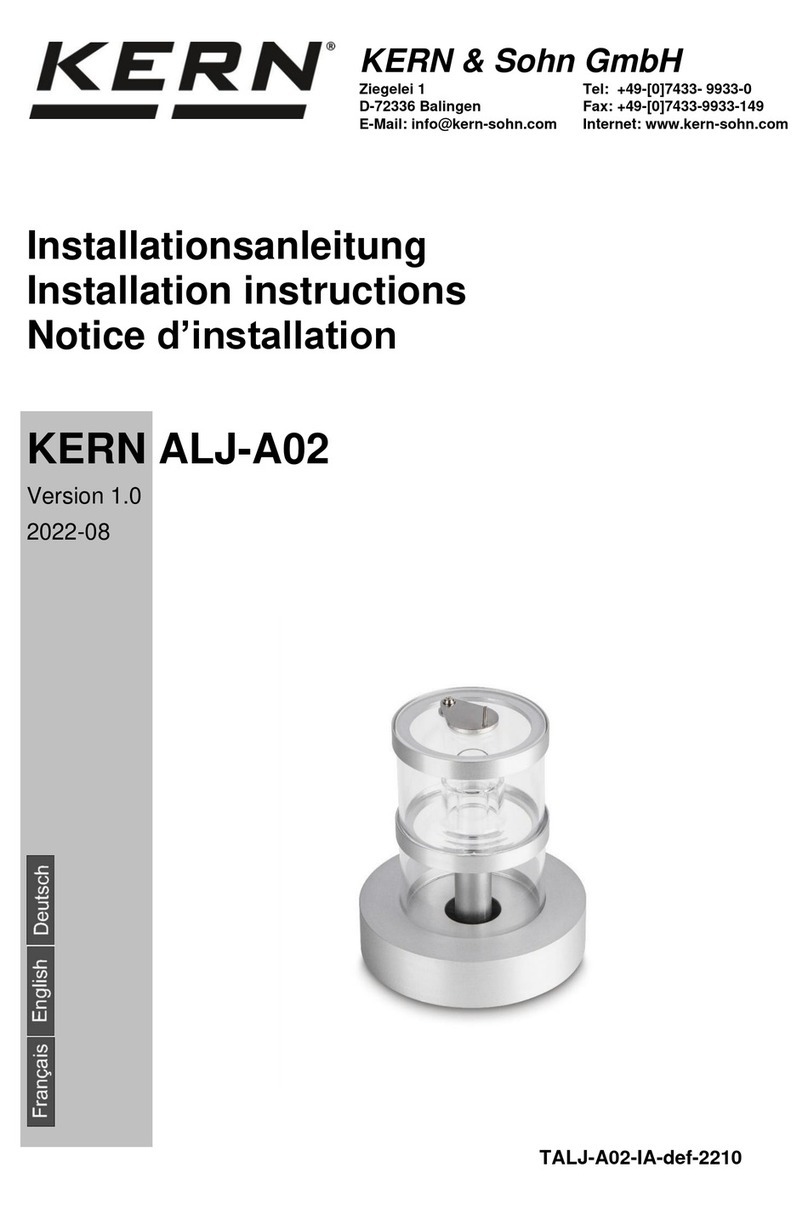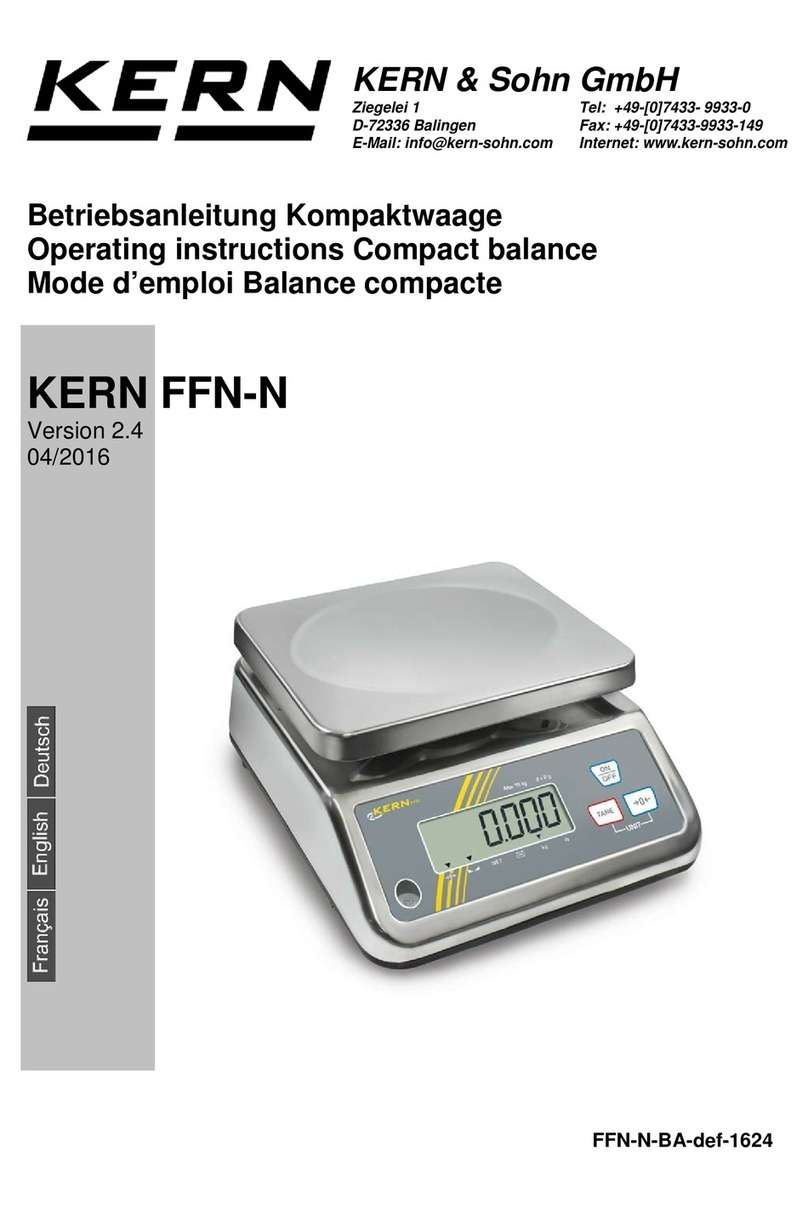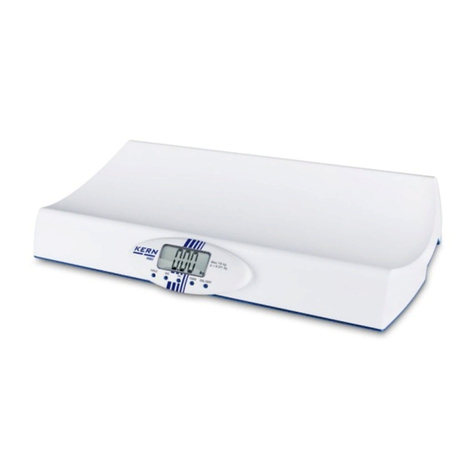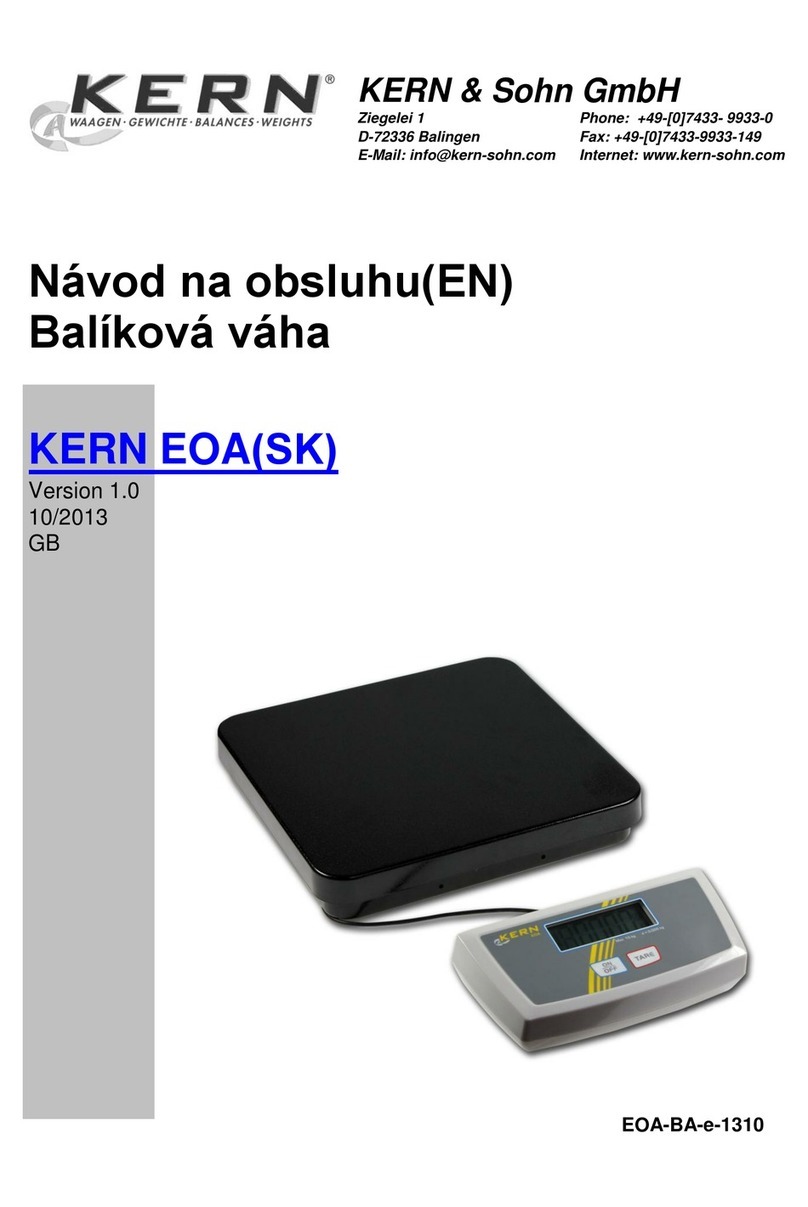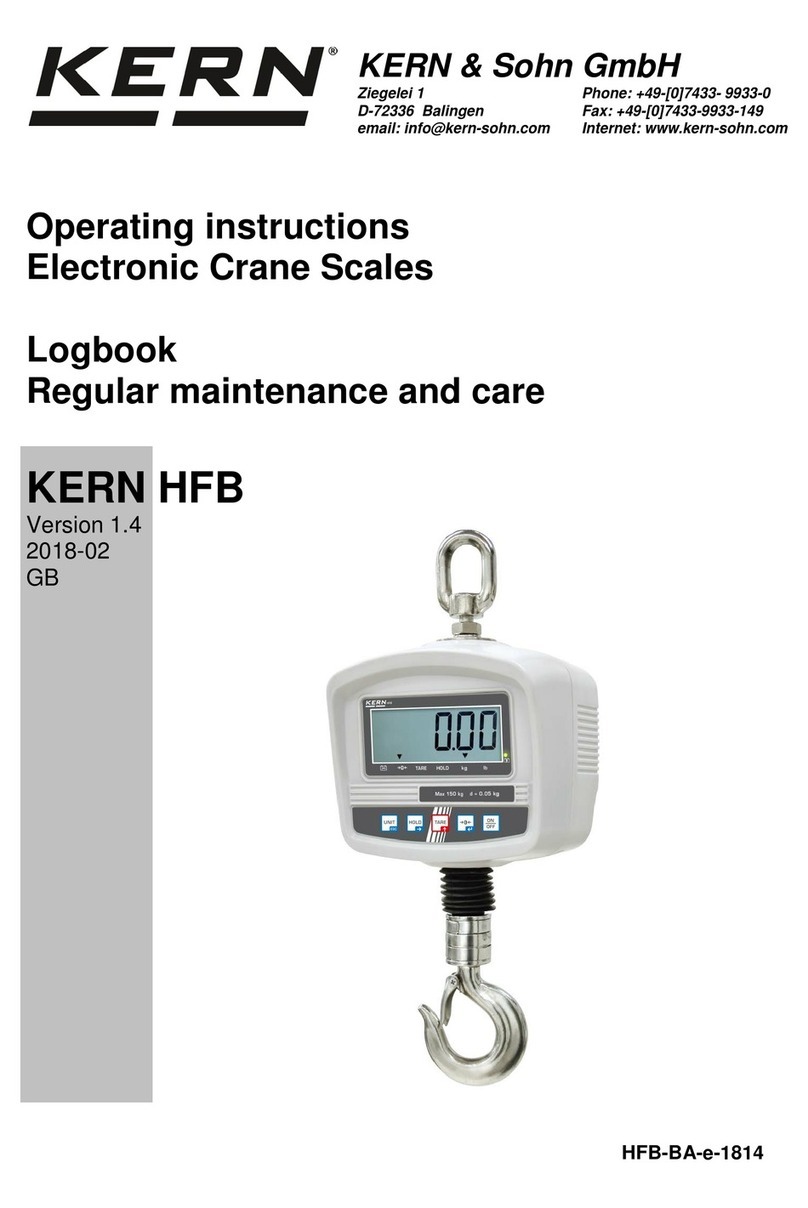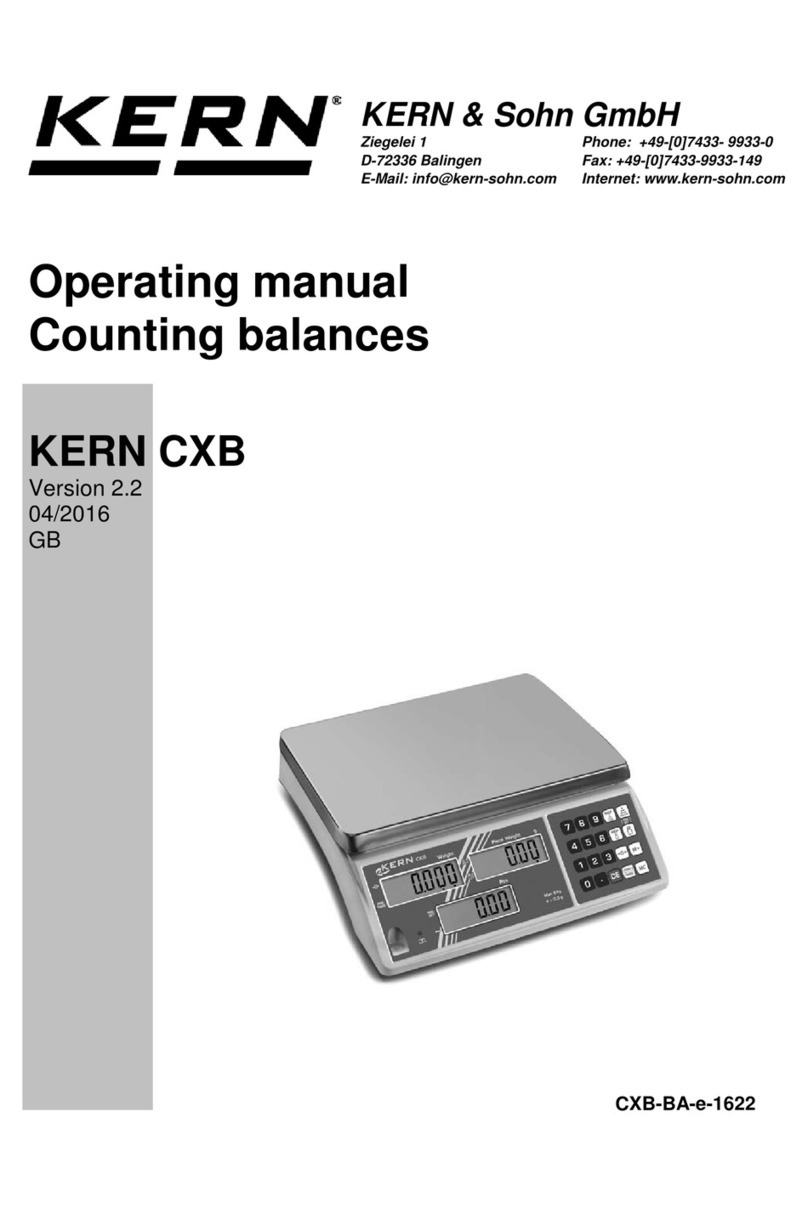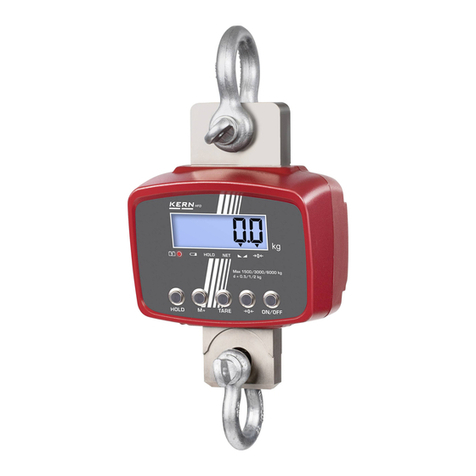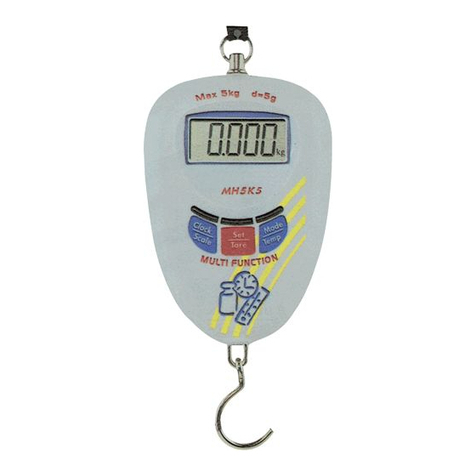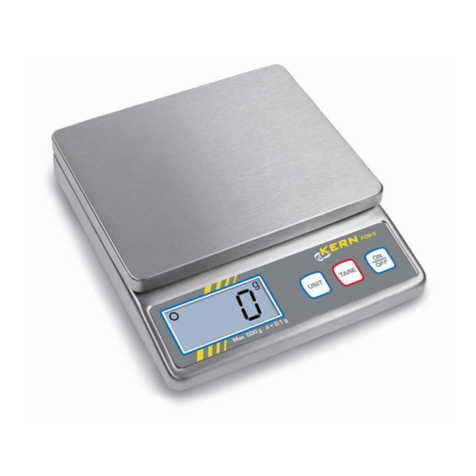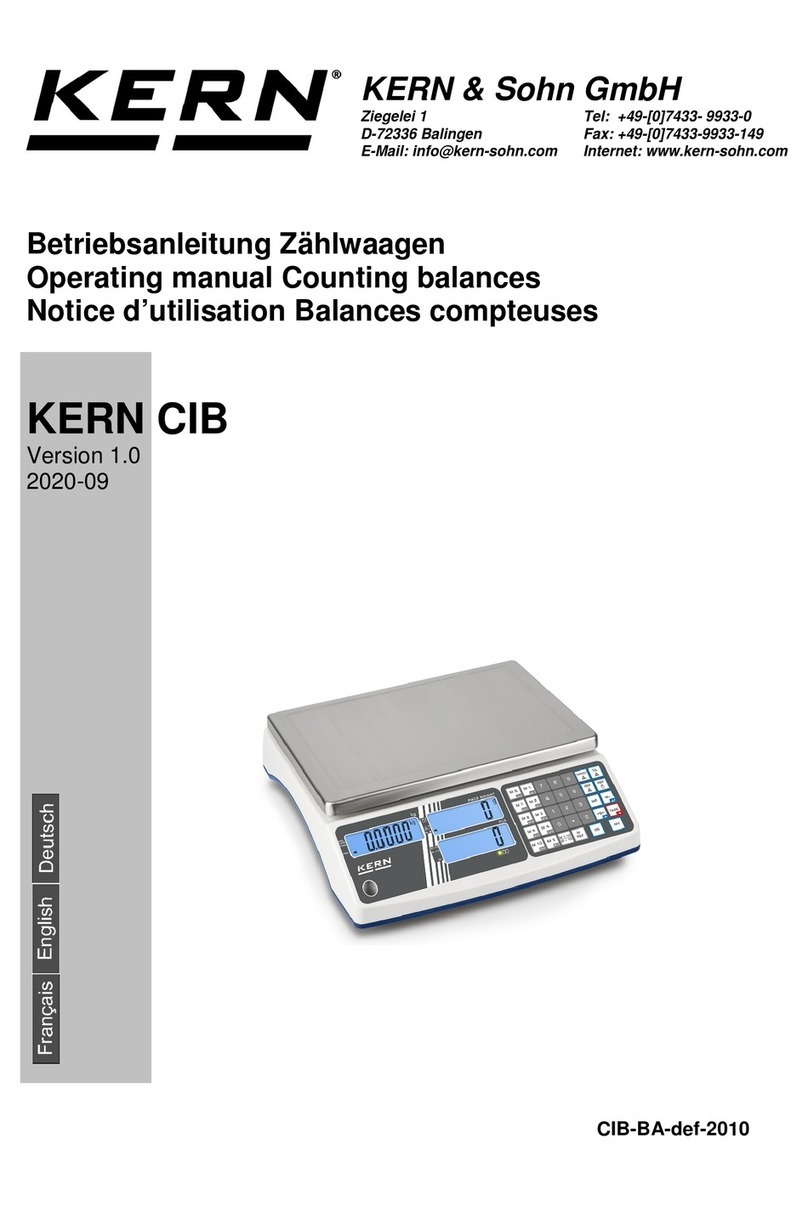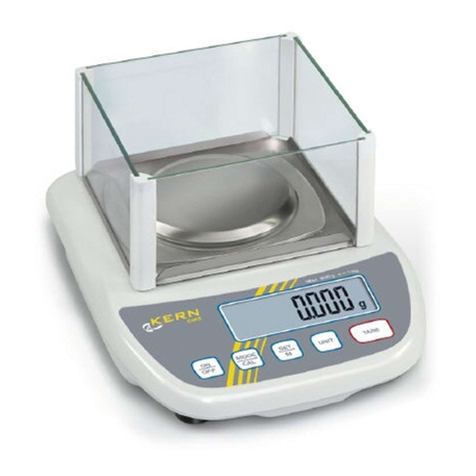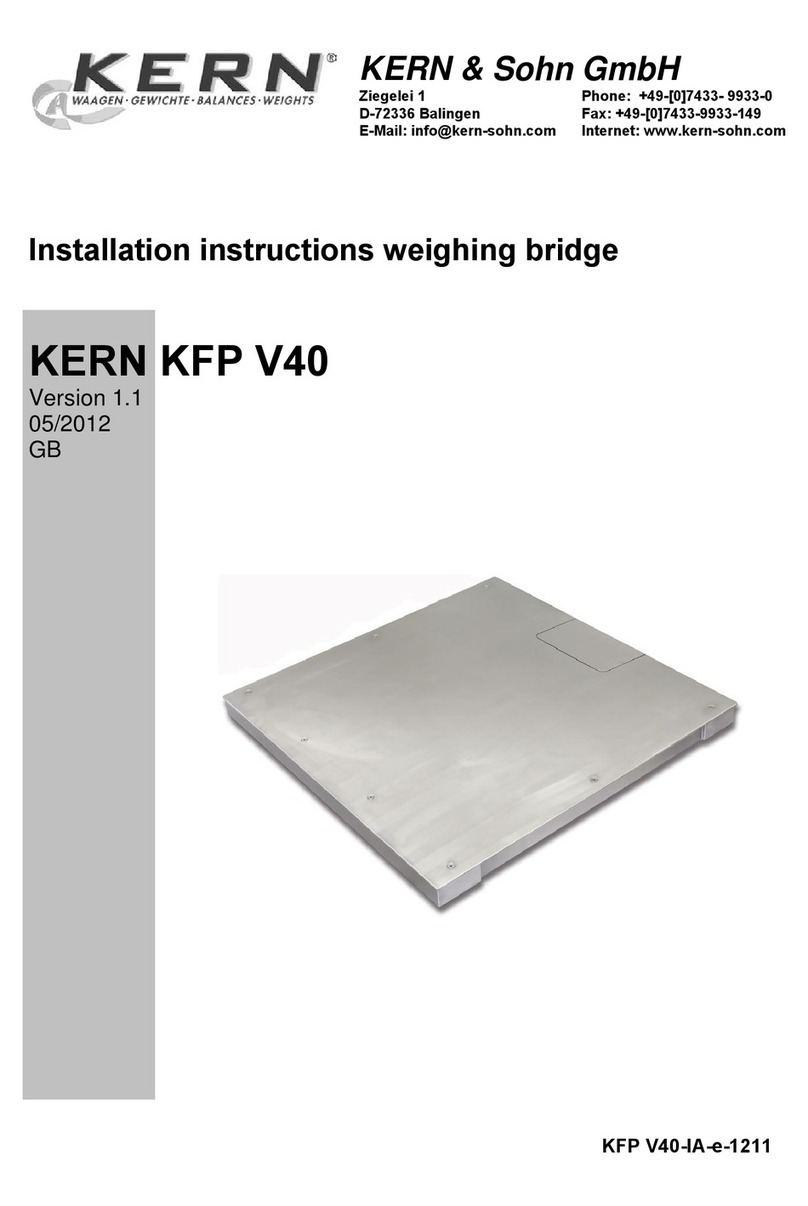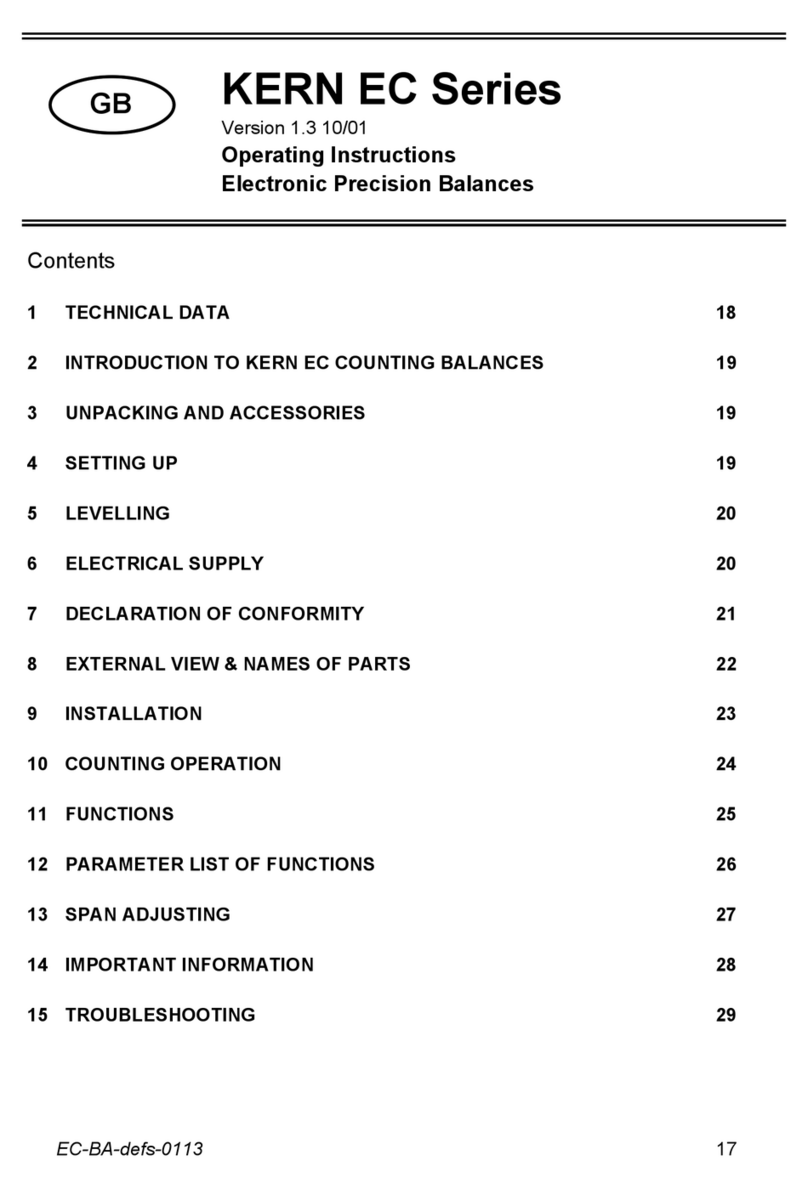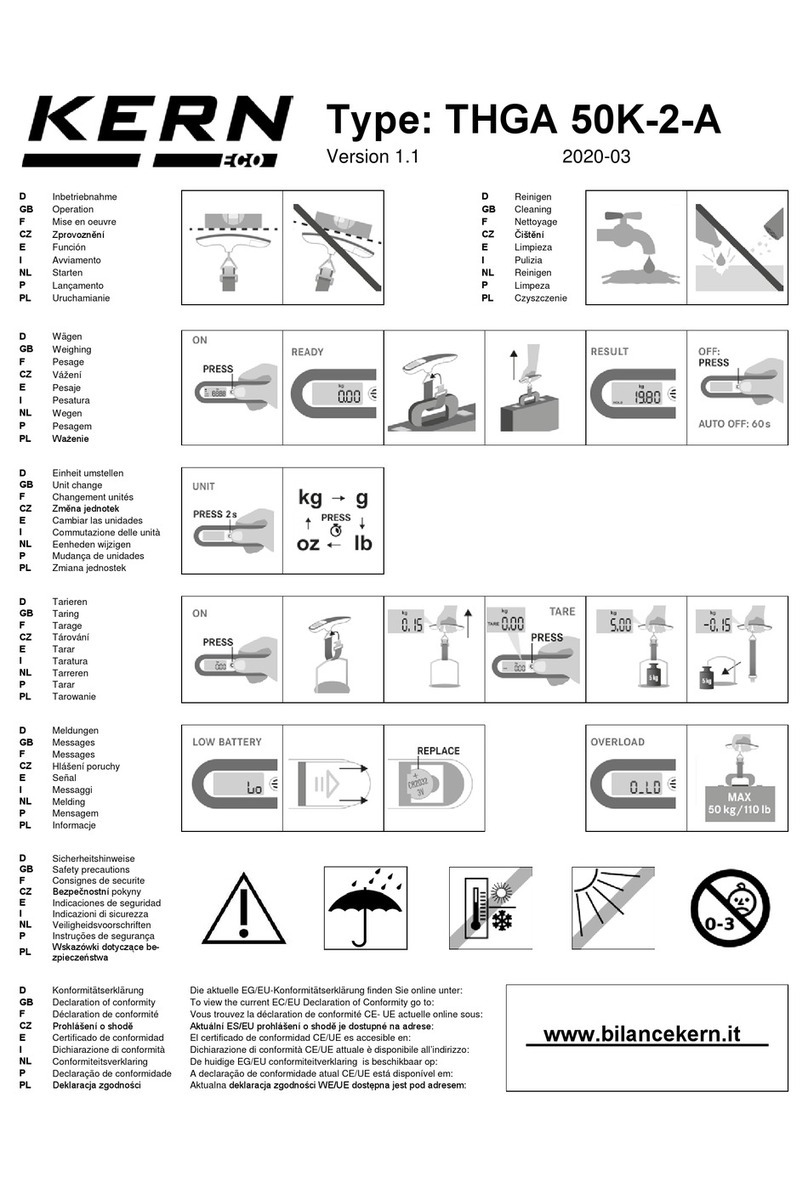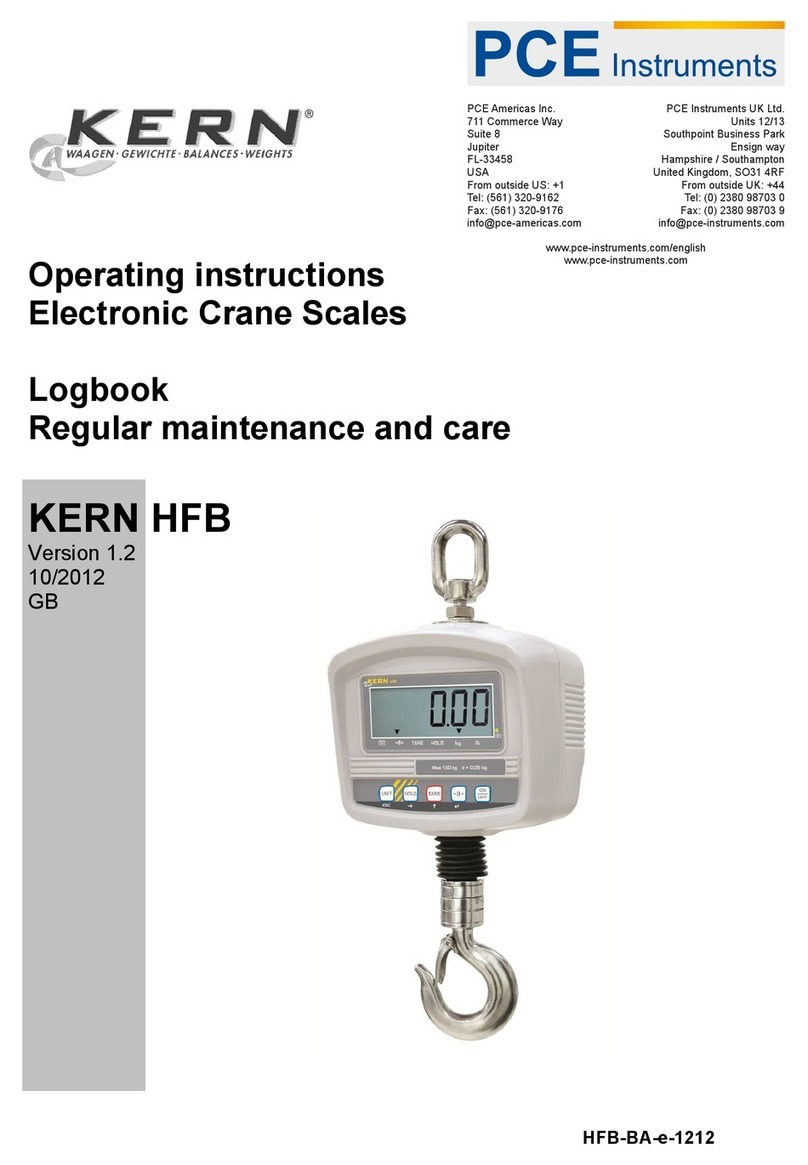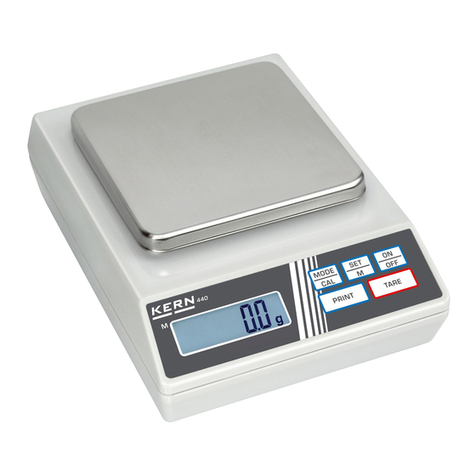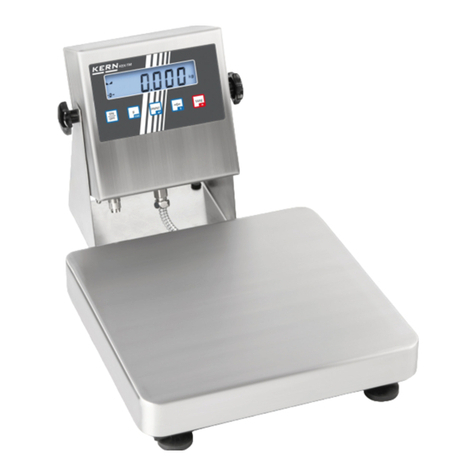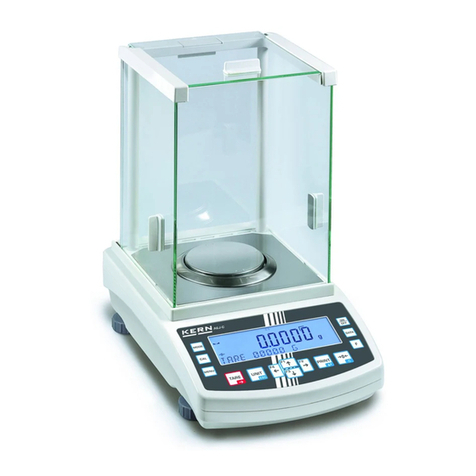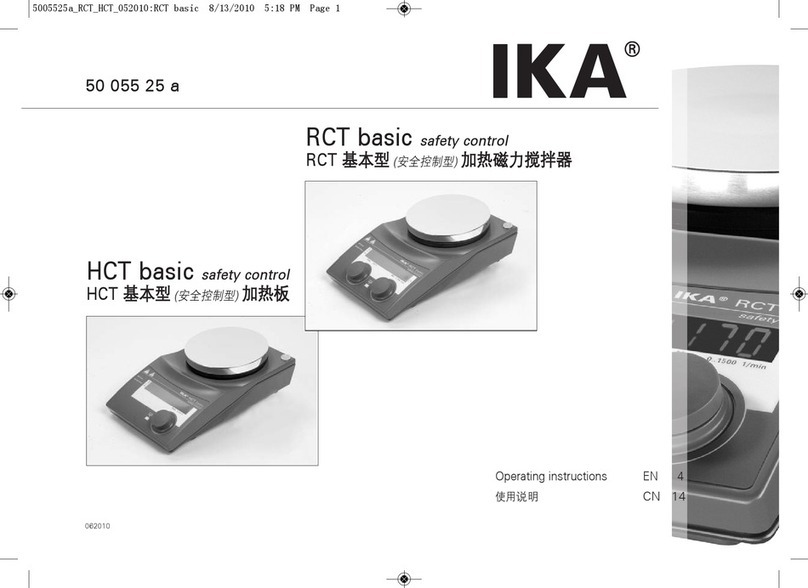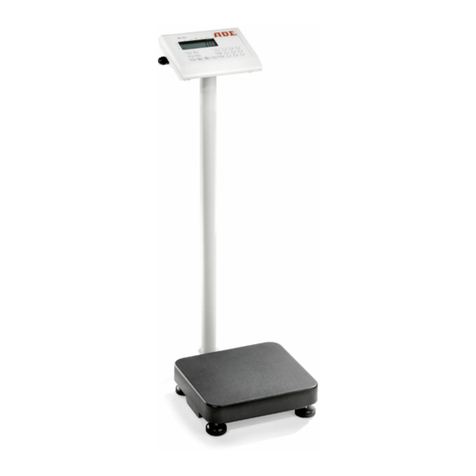
2 KFP V20NM-IA-e-1511
GB
Version 1.1 12/2015
Ins tallation ins tructions floor scale
Contents
1General ........................................................................................................... 3
2Technical data................................................................................................ 3
3Basic Information (General).......................................................................... 4
3.1 Documentation ........................................................................................................................... 4
3.2 Proper use.................................................................................................................................. 4
3.3 Improper Use.............................................................................................................................. 4
3.4 Warranty..................................................................................................................................... 4
3.5 Monitoring of Test Resources .................................................................................................... 5
4Basic Safety Precautions.............................................................................. 5
4.1 Pay attention to the instructions in the Operation Manual.......................................................... 5
4.2 Personnel training....................................................................................................................... 5
5Transport and storage................................................................................... 5
5.1 Testing upon acceptance ........................................................................................................... 5
5.2 Packaging / return transport....................................................................................................... 5
6Unpacking, Setup and Commissioning ....................................................... 6
6.1 Installation Site, Location of Use................................................................................................ 6
6.2 Unpacking, Scope of delivery..................................................................................................... 7
6.3 Assembly, levelling..................................................................................................................... 9
6.4 Connecting a display unit ......................................................................................................... 10
7Operation...................................................................................................... 10
7.1 Operation limits......................................................................................................................... 11
7.2 Operation with access ramps................................................................................................... 11
7.3 Load/unload weighing system.................................................................................................. 11
8Service, maintenance, disposal.................................................................. 12
8.1 Daily check ............................................................................................................................... 12
8.2 Cleaning ................................................................................................................................... 12
8.3 Service, maintenance............................................................................................................... 12
8.4 Disposal.................................................................................................................................... 12
8.5 Instant help............................................................................................................................... 13
9Service documentation ............................................................................... 14
9.1 Overview, setting regulation, tolerances .................................................................................. 14
9.2 Check and adjustment of the corner load................................................................................. 16
10 Deadload and Overload settings................................................................ 18
